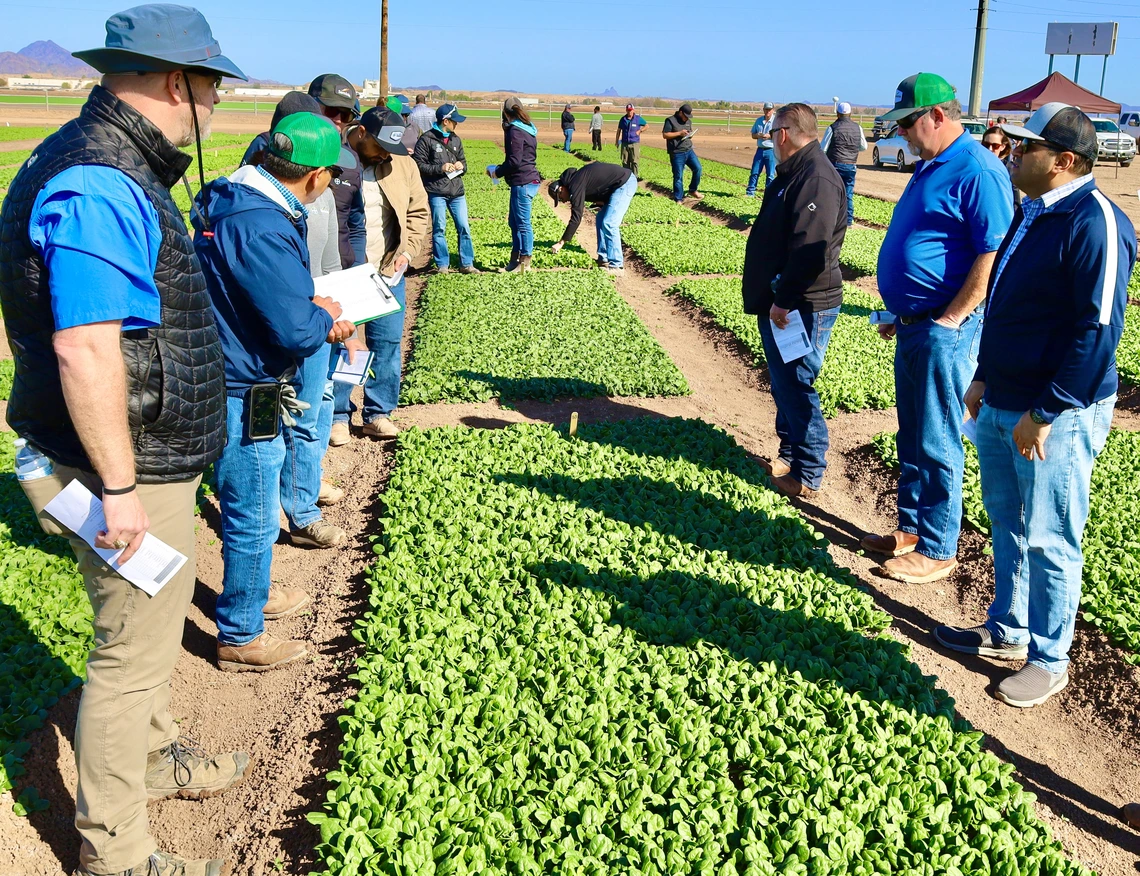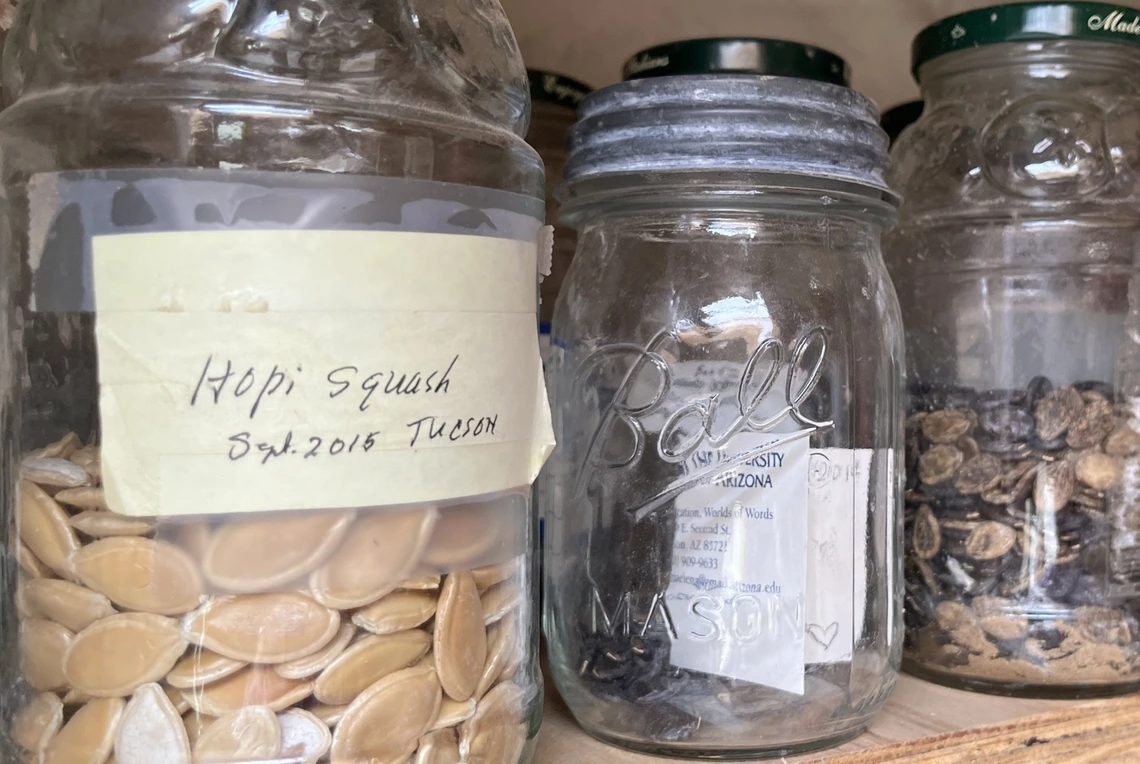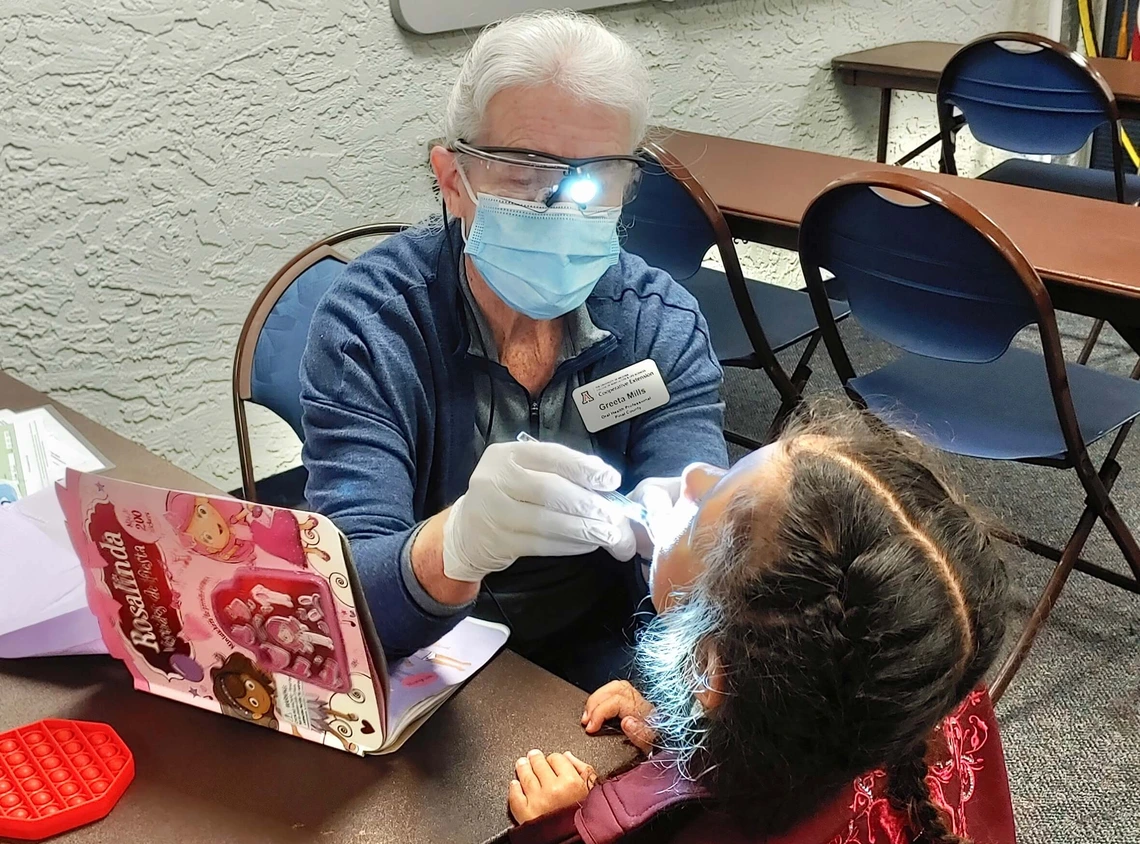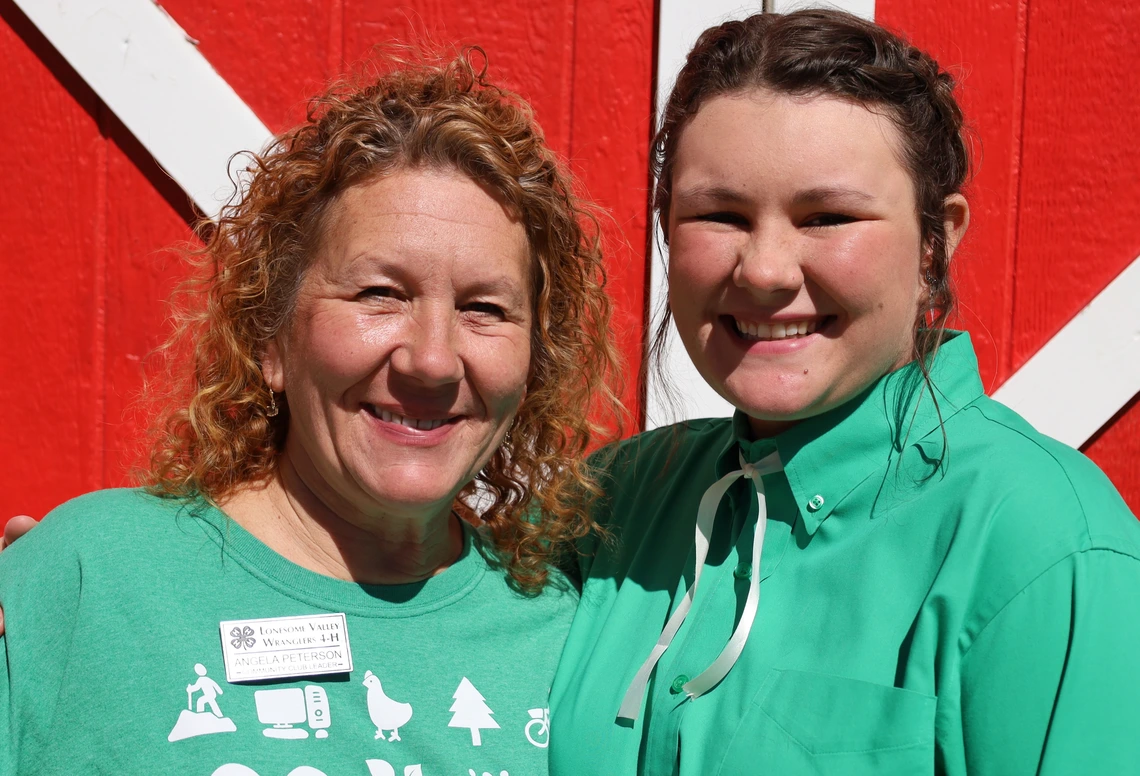Mission & History
Our Roots Run Deep
Though University of Arizona Cooperative Extension has changed through the years, our core mission has not. We solve real-world problems for Arizona families, businesses and communities.
The Arizona Agricultural Cooperative Extension Service, as it was first known, was made possible by the 1914 federal Smith-Lever Act, but University of Arizona extension began earlier, rooted in the university’s role as a land-grant institution. The 1862 Morrill Act allowed the U.S. government to grant land to states and territories to be used toward creating “agricultural and mechanical arts” colleges.
In 1885 the Territorial Legislature approved the university, and construction on Old Main started in 1887. Four years later classes began in two schools - Agriculture and Mines. The university immediately began outreach to deliver research and USDA information to the people of Arizona. Eventually it became clear that a formal vehicle was needed. In 1915, the university created the Agricultural Extension Service, now known as the Arizona Cooperative Extension Service, named for the cooperative funding among federal, state, and county governments.

Arizona Experiment Station
The AES is not a part of modern Cooperative Extension, but in the years before 1915, extension work was done by the AES and the organizations remain closely linked. The AES, a research arm of the university, started near Phoenix and soon included substations near Yuma, Tempe, Phoenix and Tucson. AES has evolved alongside Extension into a statewide array of advanced research facilities where Extension scientists and university students study livestock, crops, irrigation, pest management and more on over 100,000 acres of tilled land and livestock range.

Agriculture and Natural Resources
From its inception, the University of Arizona mandate included supporting farmers and ranchers. Farmers institutes - short courses on a variety of agriculture topics conducted in the field by AES staff - were held as early as 1901. A decade later a demonstration train chugged around the state, bringing information about farming, ranching, home gardening and food safety to communities. Today our Agriculture and Natural Resources staff help farmers find varieties to plant, navigate grant applications and much more. Extension pest management programs prevent $500 million in crops loss annually.

Tribal Extension
Working with Native American families and farmers has long been a part of Cooperative Extension’s mission. In the 1950s the Bureau of Indian Affairs contracted with land-grant universities to provide family and consumer science, agriculture and 4-H programs on tribal lands, but by the 1980s, BIA funding for Extension work was diverted into social service programs. Tribal Extension was revived in the 1990 Farm bill, and today’s Federally Recognized Tribes Extension Program helps farmers keep Native American techniques alive, tribal youth active and tribal communities connected to their history and their future.

Family, Consumer and Health Sciences
In the decades after its founding, the School of Agriculture grew to include home economics, nutrition and food science classes. In 1915, a women's section was added to the third annual farmers short course held on the campus of the University of Arizona, and from there Extension’s investment in healthy families only grew. The university taught women in rural communities how to keep food safe, grow vegetables and equip their homes and farms to keep families safe – still a core goal of Extension’s Family, Consumer and Health Sciences, one of our current program areas.

4-H Youth Development
As Extension grew in the early 20th century, boys and girls clubs emerged as predecessors to 4-H. Starting in 1914, the Smith-Lever Act nationalized 4-H with funding from the U.S. Department of Agriculture – still a 4-H funding partner. Arizona’s first 4-H club was the Chandler Boys Cotton Club, and by 1915 girls canning clubs were sparking interest. Today, 4-H helps Arizona youth grow via hands-on learning in agriculture, STEM, civic engagement and healthy living.

